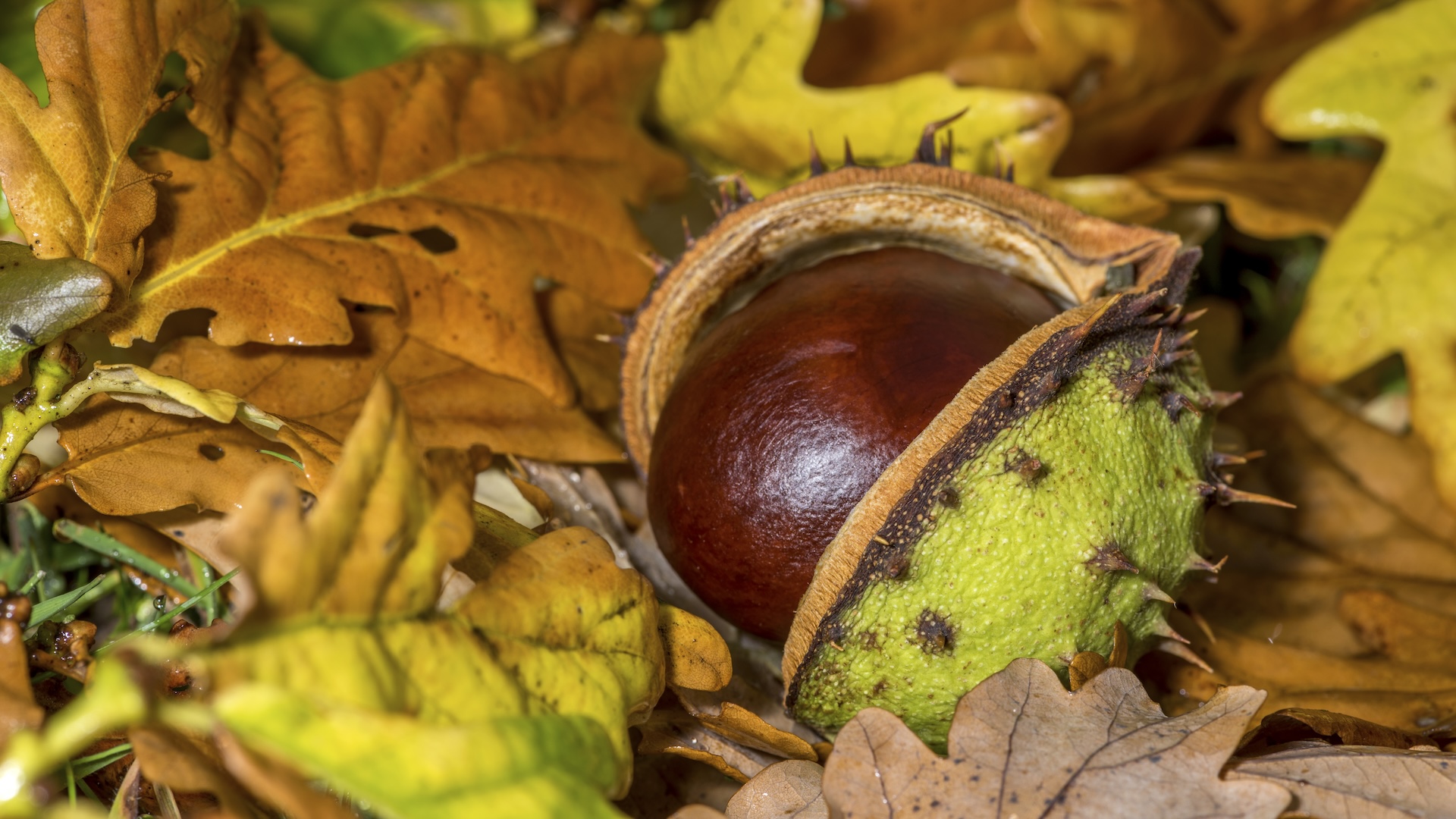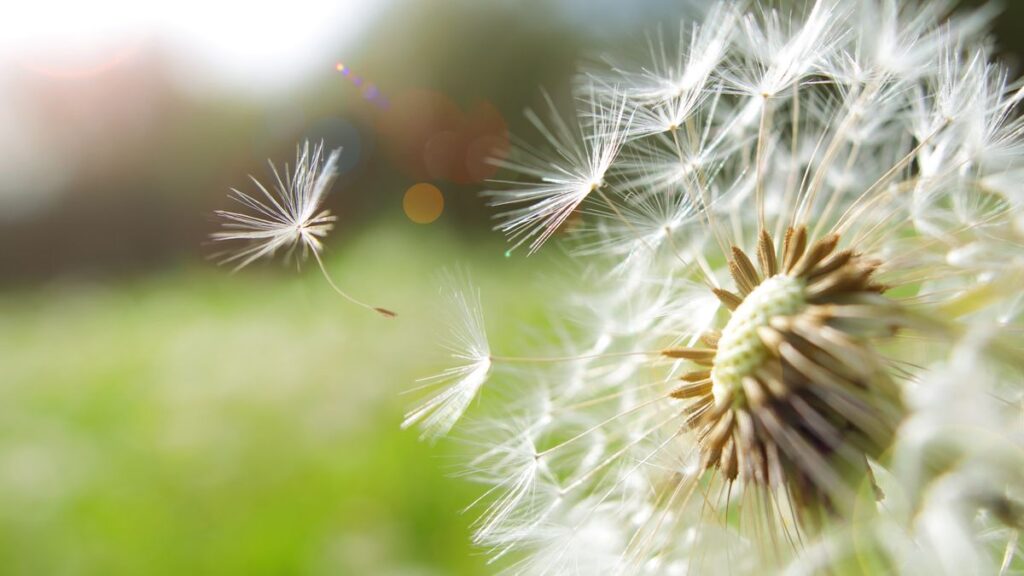Seeds have helped plants evolve into a breathtaking variety of forms that fill our world with color and provide us with food and medicine. It’s difficult to imagine where plants would be today without seeds. That raises a question: Where did the first seeds come from?
Plants started using seeds to reproduce toward the end of the Devonian period (419 million to 359 million years ago). Scientists are still studying the exact evolutionary origins of seeds, but the earliest confirmed seeding-plant fossils are from the Famennian age, which began around 372 million years ago.
For example, Famennian fossils of the plant Elkinsia polymorpha discovered in West Virginia reveal seed-bearing shoots, according to the University of California, Berkeley Museum of Paleontology. Researchers have also found other examples of ancient seeds in Europe and China.
Gerhard Leubner, a plant biochemistry professor whose team focuses on seed science research at Royal Holloway, University of London, said plants likely evolved seeds soon after they started growing on land.
“They emerged from the sea about 450 million years ago,” Leubner told Live Science. “A bit later, there is a phase where ferns dominated the world, and they had spores, and from these spores, it is believed plant seeds evolved.”
Related: How do plants with seedless fruit reproduce?
Some plants — including mosses, algae and ferns — continue to use spores, rather than seeds, to reproduce, according to a 2019 article in The Conversation by Marjorie Lundgren, a senior research fellow in plant environmental physiology at Lancaster University in the U.K.
A spore is made up of a single cell with the DNA of one parent plant, while a seed is a more complex multicellular organism that typically requires two parents. A single-parent spore must first develop into a kind of pre-plant stage called a gametophyte, only becoming a plant when two of these gametophytes join for fertilization. Seeds, by contrast, skip this stage because a female plant produces seeds from a male plant’s pollen after fertilization.
Leubner explained that seeds have lots of advantages over spores. They can be much larger and have hard, protective shells, making them more resilient. They can also store food to provide the new plant with an immediate energy source.

Spores also typically require a lot of moisture to prevent them from drying out, while seeds are capable of adapting to lots of different environments, which is likely what drove their evolution, Leubner noted. “It’s not that spores are not adapted, but seeds became more sophisticated,” Leubner said.
Both spores and seeds can enter a state called dormancy, which involves delaying their germination — development into a plant — until conditions are optimal. Leubner noted that seeds’ ability to survive in different habitats, combined with dormancy, allowed them to be flexible and diversify.
Dormancy was a huge advantage to plants and made seeds capable of a kind of “multidimensional travel,” said Charles Knight, a plant evolutionary biologist at California Polytechnic State University.
Seeds are “multidimensional in that they can travel long distances with their adaptations to be hooked on fur or to be carried by the wind,” Knight told Live Science. “But they can also travel through time. They can travel through generations because they can remain dormant in the soil and then germinate hundreds, if not thousands, of years later.”
